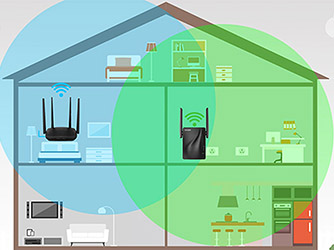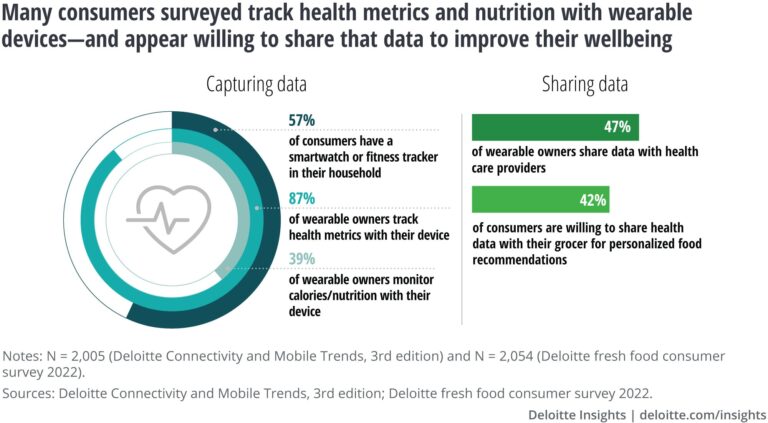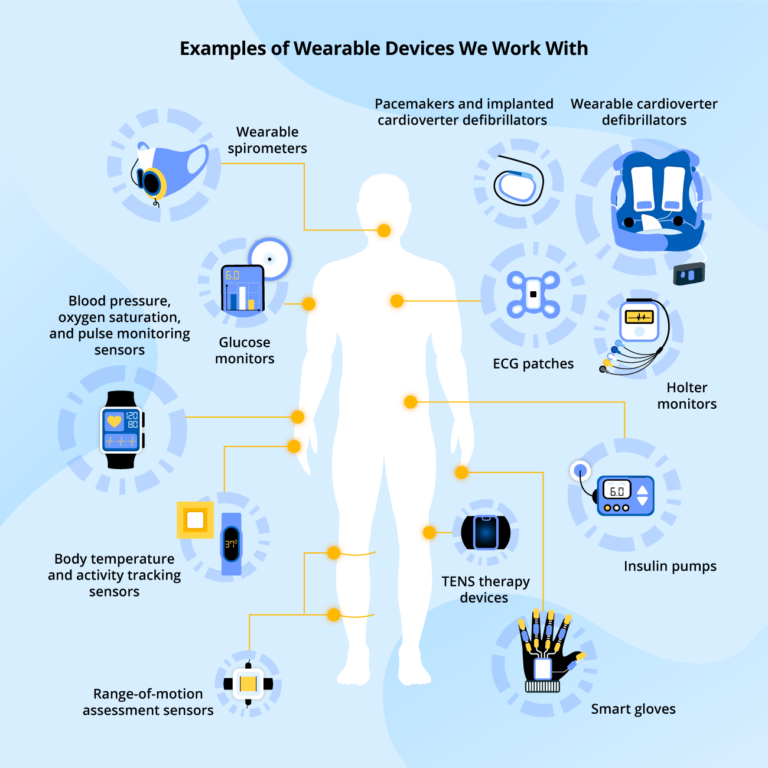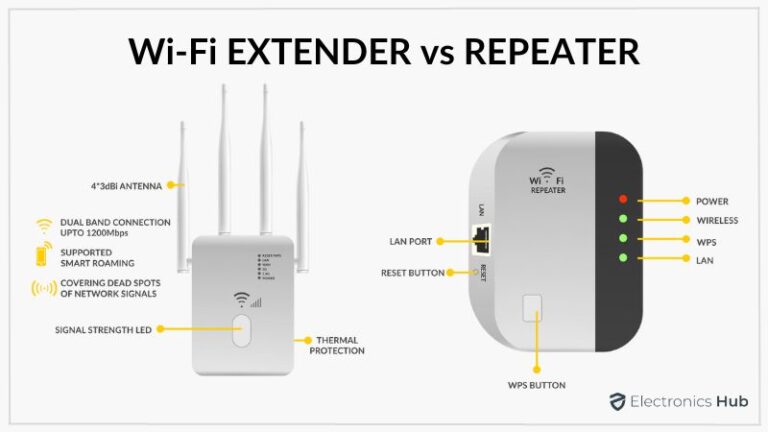Is 5GHz Wi-Fi Harmful?
5GHz Wi-Fi is a technology that provides high-speed wireless connections. But is it safe? That is the question many people are asking. This article will explore the potential risks and benefits associated with 5GHz Wi-Fi and provide an answer to the question: Is 5GHz Wi-Fi harmful? We will discuss the differences between 2.4GHz and 5GHz Wi-Fi, the benefits of 5GHz Wi-Fi, the potential risks, and what you can do to protect yourself. By the end of this article, you should have a much better understanding of the potential risks and benefits associated with 5GHz Wi-Fi.
What is 5GHz Wi-Fi?
5GHz Wi-Fi is a wireless network that uses the 5GHz frequency band to transmit data. This frequency is not only faster than the traditional 2.4GHz frequency band, but it also has a shorter range. So, it’s more suitable for high-bandwidth tasks like streaming HD video or online gaming. 5GHz Wi-Fi is also more secure than its 2.4GHz counterpart as it can be difficult for hackers to intercept the signal.
But is 5GHz Wi-Fi harmful to our health? This is a valid question as the 5GHz frequency is in the microwave range and it has the potential to cause harm. However, the amount of radiation emitted by 5GHz Wi-Fi is much lower than that of cell phones and other electronic devices, and it has been deemed safe by the World Health Organization.
Therefore, 5GHz Wi-Fi is safe to use and has many benefits. It offers faster speeds, improved security, and a shorter range, so it can be a great choice for streaming HD video or playing online games. However, it’s important to remember that any kind of wireless radiation can be harmful if exposed to it for long periods of time, so it’s important to take safety precautions when using 5GHz Wi-Fi.
Potential Health Risks Associated with 5GHz Wi-Fi
When considering the potential risks associated with 5GHz Wi-Fi, it is important to understand the scientific research regarding its effects on the human body. Research suggests that 5GHz Wi-Fi signals produce non-ionizing radiation, which is low-energy radiation that is considered to be safe for human exposure. However, some experts suggest that the radiation produced by 5GHz Wi-Fi networks could still be potentially harmful, especially when exposed to large amounts for long periods of time.
The World Health Organization (WHO) has conducted studies on the effects of radio frequency radiation and has concluded that, while 5GHz Wi-Fi signals do not cause any known health risks, there is still a lack of conclusive evidence to support this. Therefore, the WHO recommends limiting exposure to 5GHz Wi-Fi networks as much as possible, and avoiding extended use.
Additionally, research suggests that studies on the effects of 5GHz Wi-Fi radiation are inconclusive, and more research is needed to fully understand the potential health risks. For now, it is advised that people limit their exposure to 5GHz Wi-Fi networks and use caution when using them. While the risks are likely minimal, it is always best to err on the side of caution.
How to Reduce Exposure to 5GHz Wi-Fi
With the rise of 5GHz Wi-Fi networks, it’s important to understand the potential risks associated with them. While the risks are still subject to debate, the potential health risks are enough to cause concern for many. To reduce your exposure to 5GHz Wi-Fi networks, there are a few steps you can take.
First, try to reduce the amount of time you spend near wireless routers or other devices that emit 5GHz signals. If possible, try to keep your distance from them while using your devices. Additionally, you can use a Wi-Fi extender or repeater to create a buffer between you and the router.
You can also reduce your exposure to 5GHz Wi-Fi by using a wired connection to connect your devices to the internet. This eliminates the need to be near a router or other device emitting the signal. You can also opt for a cellular connection instead of a Wi-Fi connection if the option is available.
Finally, you can also reduce your exposure to 5GHz Wi-Fi by making sure your router is properly configured. Make sure the router is set to the lowest power setting possible and that it is placed in a central location away from where you typically spend your time. This minimizes your exposure to the signal and can help reduce the potential risks associated with 5GHz Wi-Fi networks.
By taking these steps, you can reduce your exposure to 5GHz Wi-Fi networks and help protect your health. However, it’s important to remember that the potential risks of 5GHz Wi-Fi are still subject to debate and more research is needed to determine the long-term effects.

Government Regulations on Wi-Fi Radiation
The 5GHz Wi-Fi signal is a form of non-ionizing radiation which is considered by many to be potentially hazardous to human health. However, the radiation levels from Wi-Fi signals are vastly lower than the limits set by the government for public safety. To ensure that public safety is not compromised, government regulations on Wi-Fi radiation have been established. These regulations require that the radiation levels emitted by Wi-Fi devices do not exceed the safety limits set by the government.
These regulations are enforced by the Federal Communications Commission (FCC) in the United States, which has set the maximum permissible exposure limit (MPE) for Wi-Fi radiation at 900 milliwatts per square meter (mW/m2). This limit is based on the Specific Absorption Rate (SAR) of the human body and is designed to protect people from any potential health risks associated with Wi-Fi radiation.
It is important to note that Wi-Fi devices that are certified by the FCC are generally considered to be safe for public use. Furthermore, the FCC’s regulations are constantly being reviewed to ensure that the public is not exposed to excessive levels of Wi-Fi radiation.
Although 5GHz Wi-Fi signals have been deemed safe for public use by regulatory authorities, it is still important to be mindful of the potential health risks associated with non-ionizing radiation. By following the safety regulations set by the government, you can ensure that your exposure to Wi-Fi radiation is minimized.
The Benefits of 5GHz Wi-Fi
In recent years, 5GHz Wi-Fi technology has become increasingly popular, offering users faster speeds and higher security for their home or business networks. But is 5GHz Wi-Fi harmful? There are plenty of myths about 5GHz Wi-Fi being potentially harmful, but the truth is that it is just as safe as any other type of Wi-Fi technology. In fact, 5GHz Wi-Fi has a number of advantages that make it a great choice for many users.
One of the biggest benefits of 5GHz Wi-Fi is its range. The 5GHz frequency has a shorter range than the 2.4GHz frequency, but it can still reach up to 150 feet in open air, which is more than enough for most homes and small businesses. Additionally, because the 5GHz frequency has a shorter range, it is less susceptible to interference from other devices and networks, making it more secure.
Another advantage of 5GHz Wi-Fi is its speed. 5GHz Wi-Fi is much faster than 2.4GHz Wi-Fi, so it is a great choice for streaming video and other high-bandwidth activities. This makes it perfect for gaming, streaming movies, and other activities that require a fast, reliable internet connection.
Finally, 5GHz Wi-Fi is more energy-efficient than 2.4GHz Wi-Fi. This means that it consumes less power and produces less heat, which makes it more eco-friendly and can help save energy costs in the long run.
In conclusion, 5GHz Wi-Fi is just as safe as any other type of Wi-Fi technology, and it has a number of advantages that make it a great choice for many users. With its faster speeds and shorter range, 5GHz Wi-Fi is perfect for streaming video, gaming, and other high-bandwidth activities, and its energy-efficiency makes it a great option for those looking to save energy costs.
Common Myths about 5GHz Wi-Fi
As technology develops, so does the widespread use of wireless internet. The 5GHz Wi-Fi band has become increasingly popular in recent years. Despite being a powerful and reliable way to access the internet, there are some health concerns related to 5GHz Wi-Fi, leading to many myths and misconceptions. In this blog, we will explore some of the most common myths about 5GHz Wi-Fi and the truth behind them.
One of the most widely believed myths is that 5GHz Wi-Fi is more harmful than other frequencies because of its higher frequency. The truth is that all Wi-Fi frequencies, including the 5GHz band, are considered safe and pose no greater risk to health than other frequencies.
Another myth is that 5GHz Wi-Fi has a greater risk of radiation. While it is true that the 5GHz band has a higher frequency than other bands, it is also true that it has a very low power output, making it far less likely to cause any radiation-related health risks.
Finally, some people believe that 5GHz Wi-Fi has a shorter range than other frequencies. This is false; the 5GHz band has a longer range than the 2.4GHz and is capable of providing a more reliable and faster internet connection.
In conclusion, 5GHz Wi-Fi is just as safe and reliable as other frequencies. It is important to remember that while there are myths and misconceptions about the 5GHz band, they are not true and the 5GHz band poses no greater risk to health than other Wi-Fi frequencies.
FAQs About the Is 5GHz Wi-Fi Harmful?
Q1. Is 5GHz Wi-Fi more dangerous than 2.4GHz Wi-Fi?
A1. No, 5GHz Wi-Fi is not more dangerous than 2.4GHz Wi-Fi. Both types of Wi-Fi have the same level of safety.
Q2. Does 5GHz Wi-Fi have a shorter range than 2.4GHz Wi-Fi?
A2. Yes, 5GHz Wi-Fi has a shorter range than 2.4GHz Wi-Fi. The range of 5GHz Wi-Fi is generally shorter due to the higher frequency of the signal.
Q3. Can 5GHz Wi-Fi cause health risks?
A3. No, 5GHz Wi-Fi does not pose any health risks. While there is still some debate, current research indicates that Wi-Fi signals do not pose any known health risks.
Conclusion
In conclusion, the evidence currently available indicates that 5GHz Wi-Fi is not harmful to humans. Although it has been suggested that 5GHz Wi-Fi may lead to increased risk of cancer in adults, there is no scientific evidence to support this assertion. As such, it is safe to assume that 5GHz Wi-Fi does not pose a health risk to humans.



